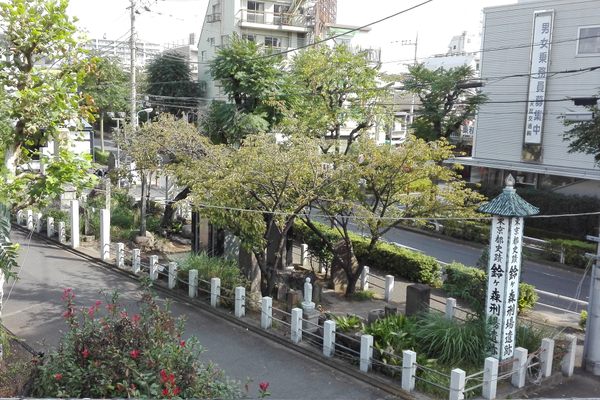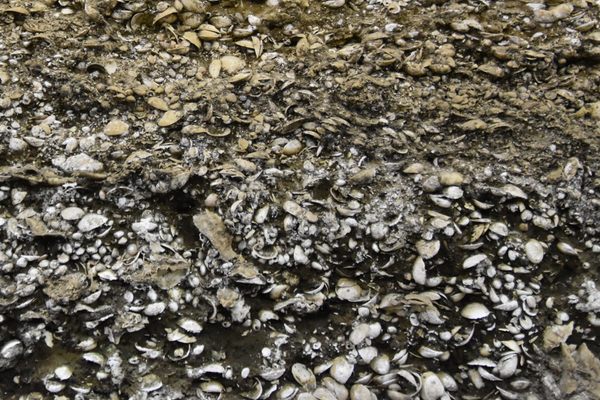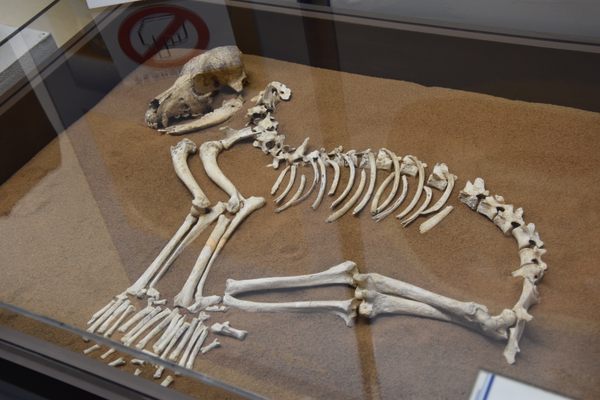Omori Shell Mound
The site of Japan’s first archaeological excavation is also the birthplace of fingerprint forensics.
In archaeology, kaizuka (or “shellmound” in English) is an ancient midden or dumping ground, that consists of many layers of discarded shells. The first one to be discovered was the Omori Shellmound, excavated in 1877 by American zoologist Edward S. Morse, who introduced Darwin’s theory of evolution to Japan.
Morse was on a train from Yokohama to Tokyo when he noticed a strange heap of mollusk shells near Omori Station. With the government’s permission he began excavations soon afterwards, unearthing many terra cotta vessels, bones, arrowheads and dogū figurines. The pottery’s style is noted for its distinctive patterns made by impressing cords into the wet clay. This style gave the Jōmon period (14,000-300 B.C.) its name, which means “rope-marked” in Japanese.
Interestingly, Japanese archaeology is not the only thing the Omori Shellmound started. Dr. Henry Faulds, while accompanying his friend Morse to one of the excavation digs, noticed the fingerprints left on the sherds and fragments of ancient pottery. After he examined them closely, comparing them to his fingertips and those of his friends, he became convinced that fingerprints are individually different.
The scientific journal Nature published Faulds’s article in 1880, promoting the concept of fingerprint identification. Needless to say, it became a pivotal discovery in forensics (although Sir William Herschel might beg to differ), still used in modern criminal investigations.
Today, the site of Morse’s discovery has been turned into a children’s park. There are monuments commemorating Morse, as well as a playground inspired by ancient ruins and a small portion of the shellmound preserved for display, and even the bathrooms are designed after the Jōmon period pottery. It’s a nice little park with a fascinating history, and if you want to learn further, consider checking out the nearby Shinagawa Historical Museum, where you could see some of the artifacts collected from the Omori Kaizuka site for 100 yen.
Know Before You Go
The park is known as Ōmori Kaizuka Iseki Teien, or the Omori Shell Mound Ruins Garden, and is open every day from 9 a.m. to 5 p.m. Within a five minutes walk is another monument dedicated to the shellmound, and in the opposite direction, the Shinagawa Historical Museum.






















Follow us on Twitter to get the latest on the world's hidden wonders.
Like us on Facebook to get the latest on the world's hidden wonders.
Follow us on Twitter Like us on Facebook